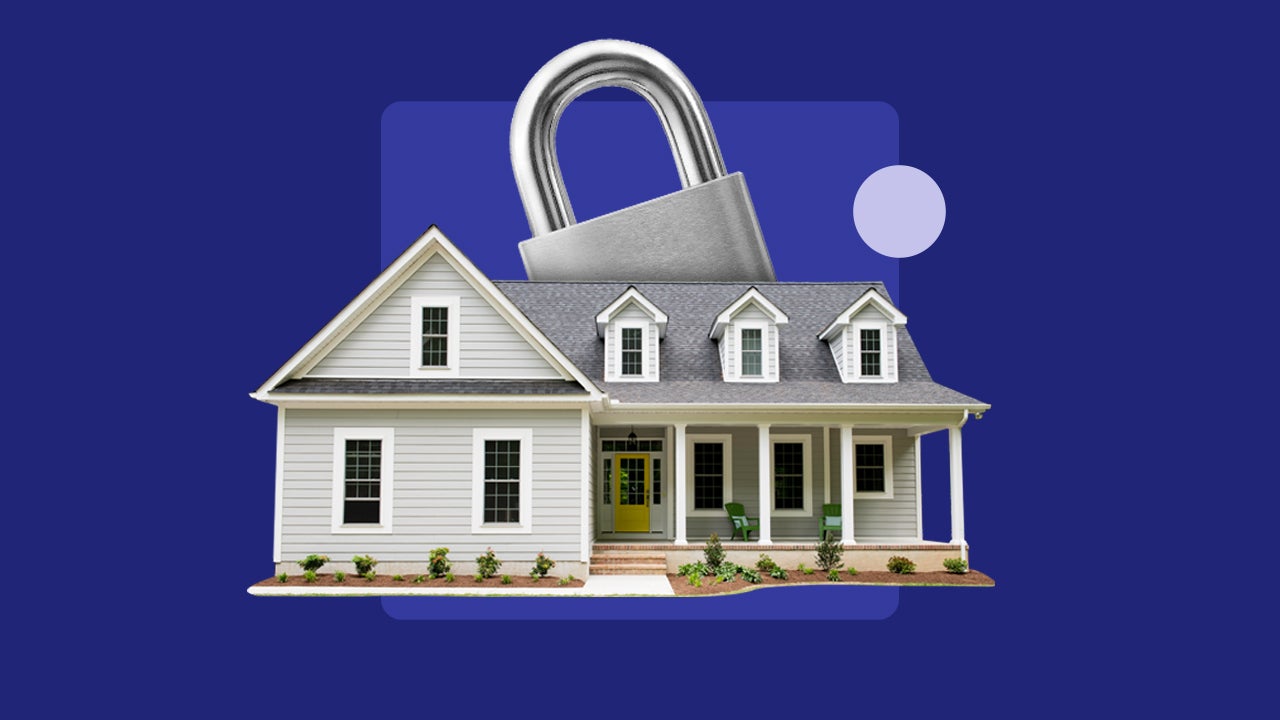What is Ginnie Mae? A complete guide

Key takeaways
- Ginnie Mae (the Government National Mortgage Association) plays a crucial, if behind-the-scenes role, in government-insured/guaranteed mortgages like FHA and VA loans.
- A federally owned entity, Ginnie Mae packages loans into mortgage-backed securities that are then traded on the secondary market, providing lenders with the capital to issue new loans.
- By guaranteeing these securities, Ginnie Mae reduces lender and investor risk, ensuring these mortgages for low- and middle-income borrowers continue.
What is Ginnie Mae?
Ginnie Mae, officially known as the Government National Mortgage Association, is directly owned by the federal government. The organization’s primary mission is to make homeownership a more affordable reality for low- to moderate-income buyers, and it makes that happen by creating liquidity for FHA loans, VA loans, USDA loans and the Office of Public and Indian Housing loans on the secondary mortgage market.
While Ginnie Mae does not originate loans directly, it plays a huge role in the housing market: 21 million households have mortgages that Ginnie Mae has guaranteed over the past decade. The organization packages loans into mortgage-backed securities (MBS) that investors trade on the secondary market, and Ginnie Mae’s total portfolio of those securities adds up to more than $2.73 trillion, as of February 2025.
History of Ginnie Mae
Ginnie Mae came into being in 1968 when the Housing and Development Act split Fannie Mae into two separate corporations: One remained Fannie Mae (more on the difference between the two below) and the other became Ginnie Mae. It operates under the aegis of the U.S. Department of Housing and Urban Development (HUD).
Ginnie Mae was founded to help lenders sell mortgages to investors — a common practice today, but a novel idea back then — instead of keeping these loans within their own portfolios. By doing so, it allowed lenders to make ready money off their mortgages, offering a stream of capital they could use to issue new loans. Two years after its founding, Ginnie Mae created the first-ever mortgage-backed security.
Mortgage-backed securities (MBS) are collections of mortgages that are pooled together and bought and sold as investments — not unlike a bond mutual fund. Income-seeking investors often buy them, since MBS pay interest from the mortgage-holders’ monthly payments. These MBS trade on the secondary mortgage market, and the securities’ prices fluctuate with prevailing interest rates.
What does Ginnie Mae do?
Ginnie Mae packages different types of government-backed mortgages into pools that are then traded as mortgage-backed securities. So, a lender doesn’t have to keep all the mortgages it originates on its books; instead, Ginnie Mae helps facilitate a market for all that debt.
Being able to sell its mortgages not only provides a lender with cash, it reduces the risk in originating them (since, if the borrower defaults, it’s the loan-buyer’s problem, not the lender’s). Investors can make money on those mortgage-backed securities while prospective homebuyers get the benefit of more lenders being willing to loan more money. In 2024, for example, Ginnie Mae helped pool 598,000 first-time homebuyers’ loans into mortgage-backed securities.
598,000+
Source: Government National Mortgage Association
Ginnie Mae guarantees
Ginnie Mae guarantees that every month on the 15th or 20th — depending on the type of security — investors will receive payment from their mortgage-backed security. Ginnie Mae’s mortgage-backed securities are backed by the full faith and credit of the U.S. government, similar to Treasury bonds, meaning they are one of the safest investments anyone can make.
Ginnie Mae vs. Fannie Mae and Freddie Mac
It’s easy to get Ginnie Mae mixed up with Fannie Mae (after all, they have the same last name) and Freddie Mac. While all three organizations play vital roles in the mortgage market, they have some unique differences:
- Ownership: While Fannie Mae and Freddie Mac were created by Congress, the government does not own them. Instead, they are considered government-sponsored enterprises (technically, they’re private), while Ginnie Mae is fully owned and operated by the federal government.
- Types of loans: Fannie Mae and Freddie Mac make a market in conventional loans — mortgages originated and backed by private lenders — while Ginnie Mae solely focuses on government-agency backed loans.
- Buying loans vs. guaranteeing their performance: Fannie Mae and Freddie Mac purchase loans from lenders and create MBS out of them, like Ginnie. However, only Ginnie Mae guarantees that the principal and interest payments of the mortgage-backed securities will be made on time.
- Setting lending standards: Fannie Mae and Freddie Mac both have criteria for the mortgages they’ll buy, which include credit scores, debt-to-income ratios and loan-to-value ratios; they also set loan size limits. Lenders (and borrowers) must meet these guidelines in order for their mortgages to be considered purchasable conforming loans. Ginnie Mae, on the other hand, does not issue any type of requirements, leaving those duties up to government entities like the FHA, VA and USDA.
- Creating mortgage programs: Fannie Mae and Freddie Mac do have loan products that they offer through approved lenders. In contrast, Ginnie Mae does not originate or invest in mortgage loans directly; it is strictly a guarantor.
What homebuyers should know about Ginnie Mae today
Ginnie Mae continues to play a critical behind-the-scenes role in today’s housing market. It has an especially meaningful impact on first-time homebuyers, who face some of the biggest obstacles in the current, unaffordable housing landscape. In the first two months of 2025, Ginnie Mae pooled more than 100,000 loans for first-time buyers.
However, there are concerns that all that activity will slow down. Some housing analysts believe that efforts to reduce the size of the federal government workforce will negatively impact Ginnie Mae. While it’s tough to peg an exact number on how many Ginnie Mae employees have been let go, reports estimate that the organization lost approximately 25 percent of its workers in February. Analysis from the Urban Institute projects that fewer staff at Ginnie Mae could translate to fewer mortgages due to higher costs and a lower number of lenders.
How does Ginnie Mae promote affordable homeownership?
Government-backed loans — the kind that Ginnie Mae focuses on — tend to have more relaxed requirements that benefit buyers with less-than-perfect credit and/or low incomes that make it difficult to make large down payments.
That sort of financing carries more risk for lenders who want to feel confident that borrowers will repay the large amounts they owe. Ginnie Mae reassures lenders by making a market — that is, being willing to buy — these mortgages. Then, when it packages all these loans into securities, it guarantees that the income stream (from the mortgages’ principal and interest payments) will be made on time each month — which reassures investors. That way, the money keeps flowing.
So, for example, when an FHA-approved lender originates five FHA loans, they can then sell those loans — giving them the capital to originate five more. The cycle continues, and more borrowers can get the money to pursue their dream of homeownership.
In 2024, 230,000 of the 1.3 million loans that Ginnie Mae securitized went to borrowers in low- to moderate-income areas.







